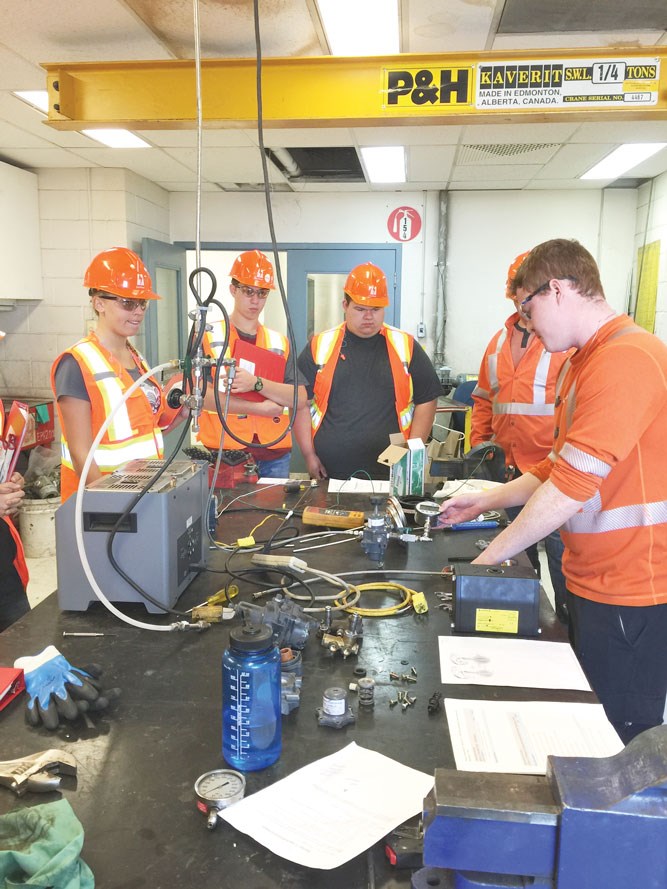Twenty-three students from the South East Cornerstone Public School Division have benefitted from a partnership that will allow them to get a leg up in their power engineering certification.
South East Cornerstone Public School Division, in partnership with the Prairie South School Division and SaskPower, gave students the opportunity to complete their fifth class power engineering theory and practical components, so they can write their Technical Safety Authority of Saskatchewan (TSASK) fifth class power engineering exams, and receive their certification before they finish high school.
“It gives them a huge head start on any sort of a career related to power engineering,” said Dan Hardern, the career consultant for South East Cornerstone.
The classes also allow the students to find out whether power engineering is a good fit for them while they are still in high school.
“It also accelerates their learning curve as far as continuing on with the power engineering fourth class and third class,” said Hardern.
The power engineering course offered a blended learning style, he said, because students take online modules through Prairie South, but they also have the opportunity to study hands-on at SaskPower’s Boundary Dam and Shand Power Stations. They needed to spend time at the power stations to get their steam time component for the fifth class certification.
They looked at all of the different components of a power plant, everything from to the boiler to the electronics to the new technology. Hardern believes it was more effective than a video or a textbook.
“There’s also a mobile power engineering lab that SaskPower has built for the program,” said Hardern. “For us, it was stationed in Carlyle, which was a nice central location in the division, and then students came to that as well to complete some of the practical hours that they needed.”
He noted the Southeast College has fourth class and third class power engineering classes as well, so the students should have a fairly seamless transition from the course that was offered through the school division.
According to Barbara Compton with SaskPower, the blended learning delivery model allows students the opportunity to explore power engineering pathways along with other trades regardless of geographical location.
Each course consists of 50 to 60 hours of online theory and 50 hours of work study at a SaskPower plant and mobile steam lab.
The power engineering class is among those offered by the Southeast Education and Industry Council (SEIC), an initiative started in 2014 to give students an opportunity to gain hands-on experience in education. Hardern said they want to continue to seek out new partnerships, so they can find more opportunities for students.
He noted the program wouldn’t have been possible without the contributions of Compton, South East Cornerstone curriculum co-ordinator Aaron Hiske, or Jeff Bolton, who is the principal of the online school for Prairie South.
Hardern said they are accepting applications for more students for the 2017-18 school year. They have spots available, and anyone who wants more information can contact him.



